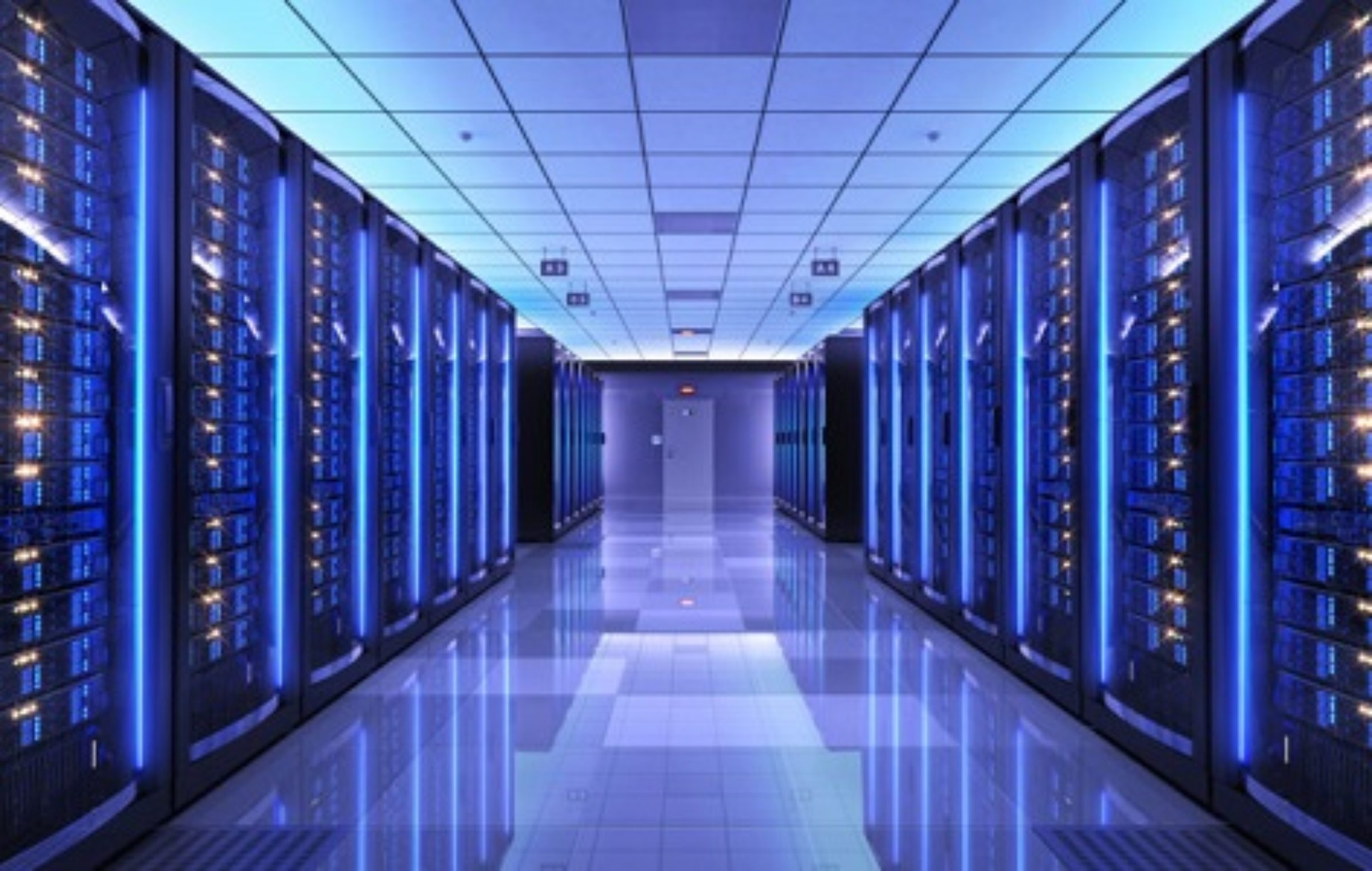It is anticipated that India’s data centre market will end the year with strong demand growth and predicted absorption of between 150 and 170 MW. The 2022 story: Indian real estate’s rise from the lows, a research by property consultant Jones Lang LaSalle (JLL), attributes this growth to the delivery of pre-committed supplies to hyperscale cloud service providers (CSPs).
In order to achieve their delivery deadlines, colocation providers are speeding up construction. According to the report, some operators are renovating older buildings to speed up deliveries. In addition, Mumbai has a big user market, access to power, and a concentration of supply due to undersea cable connectivity. The supply is anticipated to rise significantly above 2021 levels by the end of 2022.
“The Indian data centre industry is expected to add 681 MW capacity by the end of 2024 leading to a doubling of capacity to 1,318 MW which will need 7.8 million sq ft of real estate space. Mumbai is expected to account for 57 percent of the new supply followed by Chennai at 25 percent. Increasing digitisation is expected to save costs and make organisations resilient in times of uncertainty which will be one of the key drivers of data centres’ growth in India. The impact of 5G rollout, personal data protection legislation and investment incentives is expected to drive multi-year growth of Indian data centres,” said Rachit Mohan, Head of Data Centre Advisory, India, JLL.
“Public service cloud providers continue to see double-digit demand growth driven by the increasing use of digital services by BFSI, manufacturing, public sector, media, gaming, etc. In turn, this is expected to drive increasing demand for the data centre industry,” he added.
BFSI is short for Banking, Financial Services and Insurance. According to the report, data centres have been affected by both man-made and natural worldwide disruptions, just like other businesses. It was also mentioned that Europe was experiencing conditions resembling a record-breaking drought due to a dramatic spike in temperatures. On the other hand, some nations have experienced heavy rains, which presents a logistical difficulty for already-existing data centres.
The geopolitical issue between Russia and Ukraine has also disrupted the supply chain, adding to the difficulties. Players in the data centre industry have had to re-evaluate their capacity-building strategies as a result of the disruption in the availability of energy-generating sources like gas and crude oil. Data centre operations may be moved to other sites as a result of the impact of these disruptions, particularly because of sustainability concerns.
India is anticipated to become a different data centre hub due to its abundant geographic resources, emphasis on renewable energy, growing submarine cable connectivity, and cost competitiveness. A proliferation of smart devices will contribute to the accelerated data growth, according to the analysis, which predicted that India’s 5G network will likely enhance data download speeds there by a factor of 10. By the end of 2027, 500 million Indians are expected to have 5G subscriptions, with an average monthly data usage of 50 GB.
Costs in the construction industry are projected to increase as a result of supply chain disruptions and a lack of competent labour. The availability and cost of essential energy inputs needed for production and logistics have been negatively impacted by the global geopolitical crises, causing inflation throughout the value chain.
According to the report, supply chain disruption has also caused a lack of the hardware needed for data centres to operate. Even so, the exponential growth of digitization will increase data usage. The volume of digital payments increased by 64% to 72 billion transactions in FY 2021–22 from 44 billion in FY 2020–21, according to the research.
The number of paid subscribers in the over-the-top (OTT) video streaming market sharply increased, going from 14 million in 2018 to a projected 70–80 million in 2021—a 5X increase in just three years. Digital commerce, augmented reality, and online gaming are all predicted to flourish as a result of 5G.






